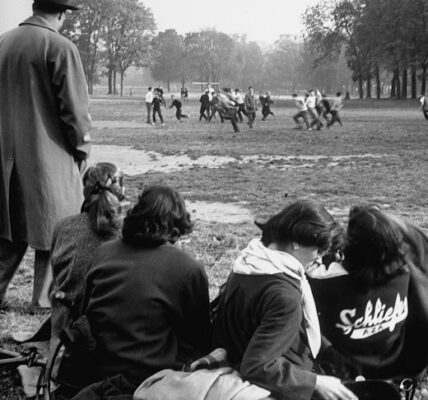
German students take part in racial education classes in 1943.
The three groups depicted on the poster are (from top to bottom) the “East Baltic race,” the “Eastern race,” and the “Dinaric race.” All three groups were considered sub-races of the Caucasian race, including the Nordic and Mediterranean races.
The Nazis placed great emphasis on teaching German youth in biology classes to be proud of their race. The National Socialist Teachers’ League (NSLB), in particular, taught in schools that young people should be proud of their race and avoid miscegenation.
Racial biology was intended to encourage Germans to preserve their racial purity. The NSLB emphasized that, even in elementary school, Germans must repeatedly process only the Nordic racial element of the German people and contrast it with the racial differences represented by foreign peoples such as the Jews.
The Nazis’ racial policy did not always involve the humiliation of the Jews, but always had to uphold the importance of German blood and the Aryan race. This was often linked to the “Blood and Soil” ideology.
While the young Germans were taught the importance of their own blood, they were simultaneously informed about the dangers posed by the Jews in Germany and about the necessary living space in the East, especially in Russia.
In the novels, Germans were portrayed as people with unique talents and a unique destiny. Racial segregation was considered natural, just as separate species do not coexist in nature.
After the passage of the Nuremberg Laws in 1935, any sexual contact between Aryans and non-Aryans became a criminal offense. Aryans accused of racial defilement under these laws faced imprisonment in a concentration camp, while non-Aryans potentially faced the death penalty.




